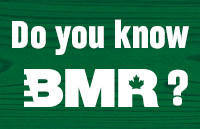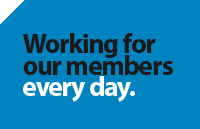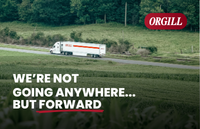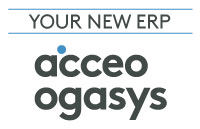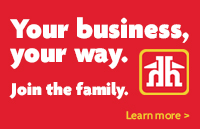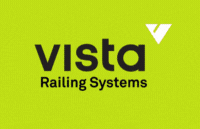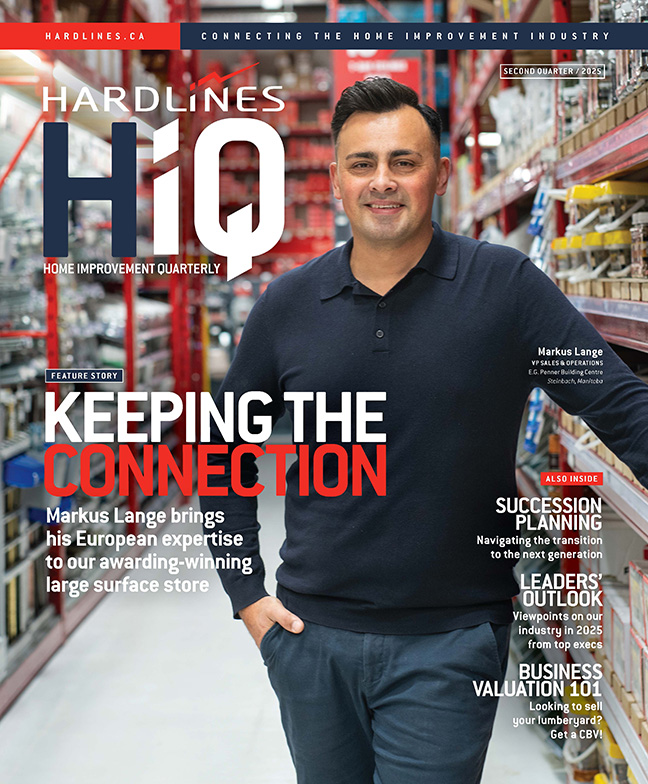 Sonya Ruff Jarvis is an entrepreneur and founder of Jarvis Consultants LLC, a marketing, events, and branding firm. Sonya has been a part of the B2B retail industry, working across all types of retail formats and categories, for more than 30 years and is the founder of the Home Improvement eRetailer Summit. You can contact her at sonya@jarvisconsultants.com.
Sonya Ruff Jarvis is an entrepreneur and founder of Jarvis Consultants LLC, a marketing, events, and branding firm. Sonya has been a part of the B2B retail industry, working across all types of retail formats and categories, for more than 30 years and is the founder of the Home Improvement eRetailer Summit. You can contact her at sonya@jarvisconsultants.com.
Last month, I wrote about dealing with mental health in the workplace while maintaining profits. It was a chance to address the declining mental health of employees accelerated by the pandemic, with ideas to help normalize mental health issues and demonstrate flexibility and empathy toward employees. This time, we focus on one real tactical suggestion to help companies consider designing benefits that improve employees’ mental health.
Leaders of any type of organization need to be fully involved to defuse the stigma of talking about mental health. Their action has to be purposeful to truly open the lines of communication throughout the organization. It doesn’t help that, in today’s world, companies unintentionally add pressure by expecting employees to be constantly connected.
This is particularly true now when many employees are working remotely. In addition, retail workers are considered to be the employee group suffering the most from mental health issues since the pandemic. According to a report by Retail Trust, 84 percent of retail workers said their mental health declined during the pandemic.
One suggestion is to create a mental health care program that supports the needs of the individual and helps them feel financially secure. How do you get started? Let’s focus on one benefit that is perhaps the easiest to roll out—plus, it’s measurable. Companies have long recognized that engagement around community charities can help build a team feeling while paying for gym memberships can create healthier employees. Both of these benefits result in less absenteeism and more productivity. It’s a win-win.
Now, let’s take that same philosophy and apply it to introducing well-being benefits like calmness and mindfulness. There are a number of larger corporations in the news already applying these types of tactics throughout their organizations. The easiest way to do this is through software applications. Some of the most popular apps include CALM and Headspace for Work. Corporations are seeking their support and rolling out programs to help employees sleep better, manage anxiety, and develop mindfulness.
Most people already use apps. It’s an individual approach that maintains the employees’ privacy. This offers one tactic on how to start creating a mental health care program that supports employees. Good luck, and let me know how it goes!












